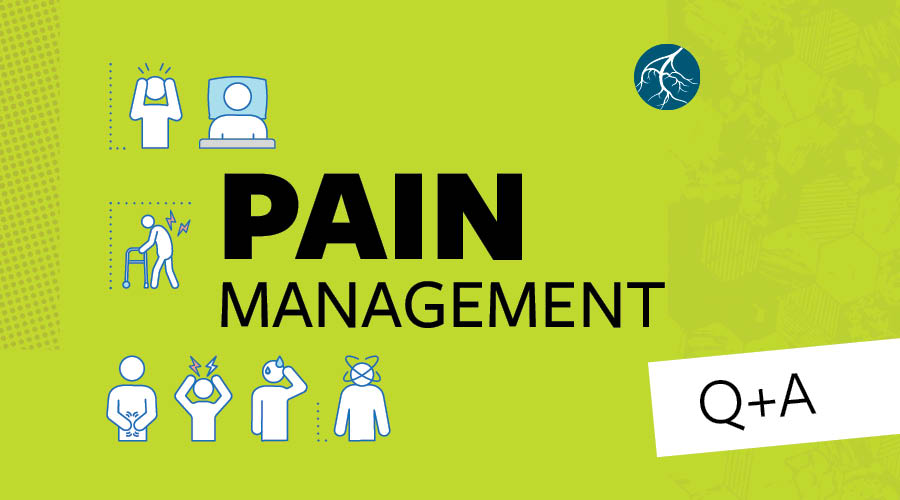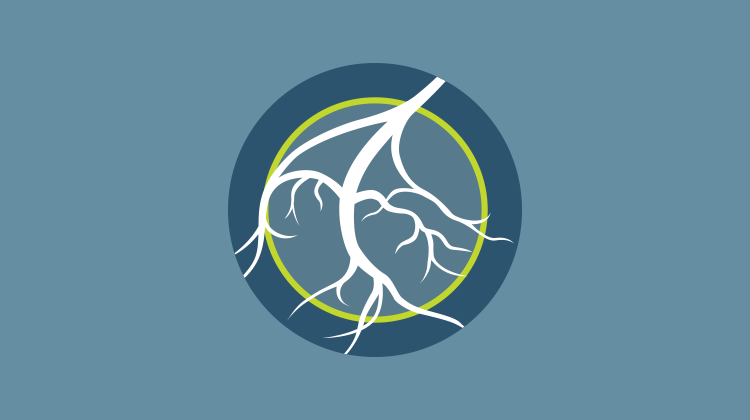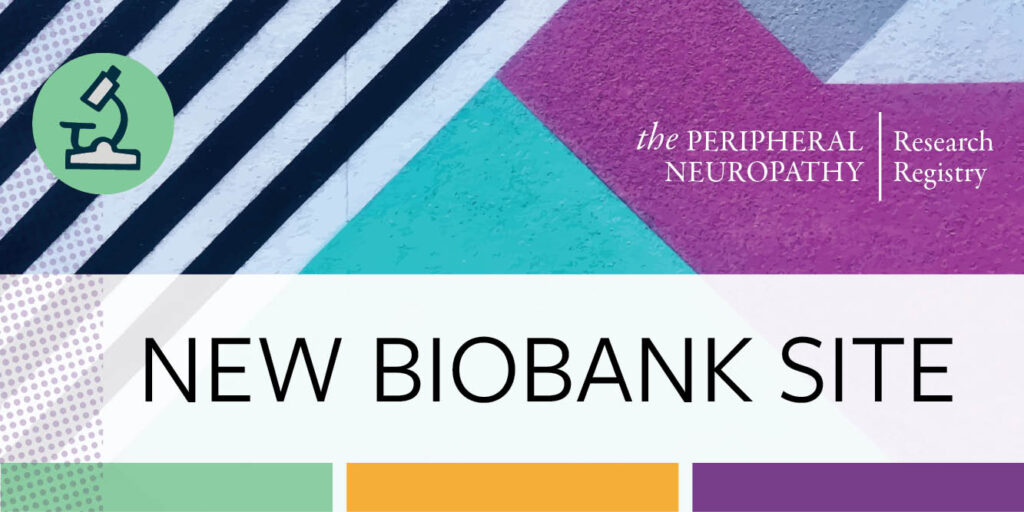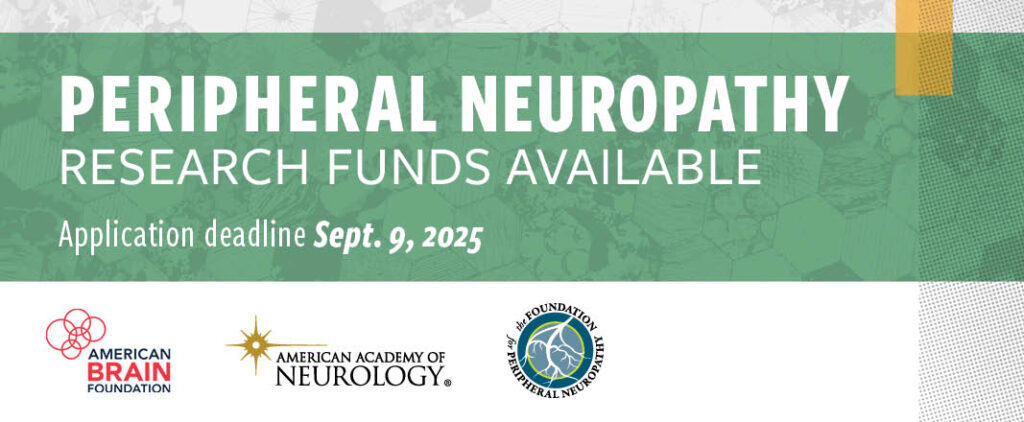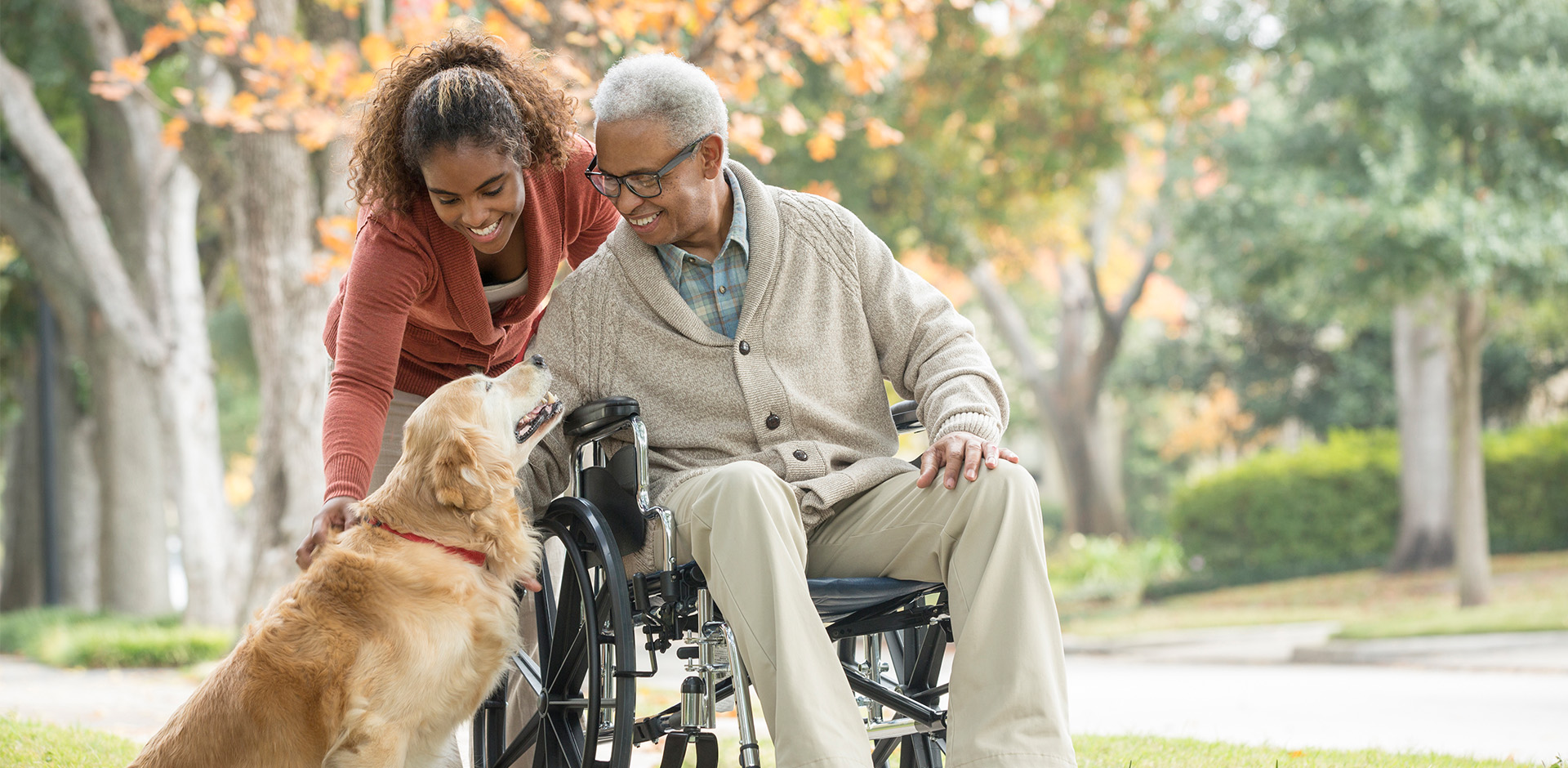Neuropathic Pain Management
Q&A with Alexander Chamessian, MD, PhD
On April 9th, 2025, the Foundation for Peripheral Neuropathy (FPN) welcomed Alexander Chamessian MD, PhD, from Washington University School of Medicine in St. Louis, to present on neuropathic pain management. During this 60-minute recorded webinar, Dr. Chamessian provided an overview of emerging treatment options for managing neuropathic pain.
Following the session, Lindsay Colbert, Executive Director of FPN, sat down with Dr. Chamessian to ask some questions that were not answered during the program.
Q: Does patient physical activity affect the spinal stimulator device’s ability to work properly?
A: For the most part, these devices tolerate a wide range of activity and should function through all conditions. However, in recent years, there has been increased attention directed at the effect of patient positioning and SCS. Patient positioning can affect the contact between the SCS leads and the spinal cord, resulting in some variation in ‘dose’ of stimulation delivered, which could affect the efficiency. And with certain systems, some positions can cause patients to perceive the stimulation as uncomfortable. There are now position-adaptive (closed-loop) systems from some SCS vendors that can mitigate these issues.
Q: Can you explain what CGRP inhibitors are and if they can be considered for the treatment for neuropathic pain?
A: CGRP is a neuropeptide that plays a prominent role in pain, but its role is most well-defined in migraine. In the last 10 years, there have been several drugs developed that target CGRP signaling for migraine. There are some case reports of CGRP-targeting drugs having an effect in neuropathic pain, but currently, they are not used for neuropathic pain as the primary indication. One such study is this: PMID: 33347632
Q: My neuropathic pain is highly variable, certainly day to day, and at times, hour by hour. What do we know about what causes this high variability, and perhaps, what triggers the bad days and bad hours?
A, Various factors can affect pain perception including mood, stress, attention, weather, time of day, environmental context, activity, and sleep disruption.
Q: What about IVIG infusions for treating painful PN?
A. The treatment needs to match the cause. Some pain-predominant neuropathies that have bona fide immune contributions are responsive to Intravenous Immunoglobulin (IVIG). Examples include Guillain–Barré Syndrome (GBS) and Chronic Inflammatory Demyelinating Polyneuropathy (CIDP). Here, the IVIG affect not just pain but also motor and autonomic symptoms too. In the absence of well-defined immune-mediated pathology, IVIG would not be expected to have an effect. For example, for diabetic peripheral neuropathic or alcohol-related neuropathy, which are metabolic in origin, IVIG would not be effective. When the case is less clear, for example, in conditions in which an immune contribution is proposed but not definitive, some physicians may use IVIG ‘off-label’, but still there needs to be a good rationale, not just that a patient has pain and peripheral neuropathy.
Q. Are you familiar with microcurrent therapy for the treatment of painful neuropathic symptoms?
A. No. I am not familiar with this type of therapy for treating neuropathic pain.
Q: Are there any different considerations you would take to treat a patient’s painful symptoms depending on the cause of their neuropathy?
A. Yes. The reasons are both biological and logistical/economic. Some therapies are only approved for certain indications. For example, topical, high-concentration capsaicin patches are only ‘on-label’ for diabetic peripheral neuropathy and post-herpetic neuralgia in the US. So, for patients with these causes of PN, I would offer this therapy. For those with other causes, I would not offer this therapy. Topical capsaicin may also be effective in other kinds of PN, but if the evidence-base (from clinical studies) does not yet exist, payers will not pay for a treatment. When/if sufficient research is done to
Q: Have you found that your pain mitigation procedures also influence the perception of other peripheral neuropathy symptoms such as foot numbness?
A. Numbness is a loss-of-function manifestation of some peripheral neuropathies. Nearly all the interventions that pain management offers affect only the gain-of-function (abnormal sensations), for example, burning or stinging or tingling. There is some evidence that spinal cord stimulation and topical capsaicin can increase innervation density of the skin, which could reduce numbness over time.
Q: Since my pain is worse after walking, I am fearful that walking more will do further damage to the nerves. Is this true?
A. Walking may cause you to feel pain if your sensory nerve fibers are hypersensitive to physical contact, but walking itself is unlikely to cause damage to the nerves themselves.
Q: How do patients find a qualified pain management specialist in their area?
A.
- Ask your other physicians whom you already see (PCP, neurologist, rheumatologist, endocrinologist) to refer to someone they have a relationship with.
- Do a web search for the local hospital system (community or university/academic). Most will have a pain management group.
- Talk with friends and others for ‘word of mouth’ referrals.
Be sure to look at the credentials of the physician and specifically whether they are board-certified in pain medicine.
Q: Why is there often more tingling/pain when reclining or laying down at night versus walking around during the day?
A. Patients often report worsening symptoms at night with PN. I think part of it is due to there being less external sensory inputs (sights and sounds), which then turns one’s attention more toward their internal sensation. There is also some evidence of diurnal/circadian changes in sensory neuron function. For some patients with structural or vascular causes of neuropathic symptoms (lumbar spinal stenosis, radiculopathy, entrapment neuropathies, peripheral arterial disease), changes in position could increase symptoms due to mechanical effects or changes in positional changes blood flow.
We at the Foundation thank Dr. Chamessian for his time and expertise!
